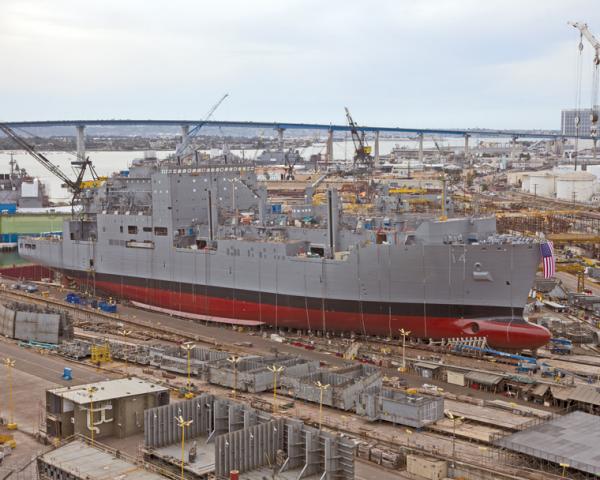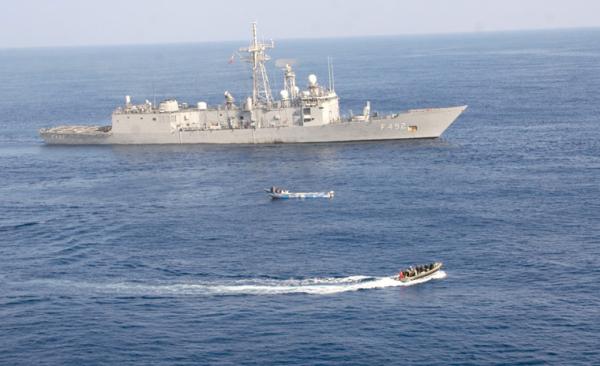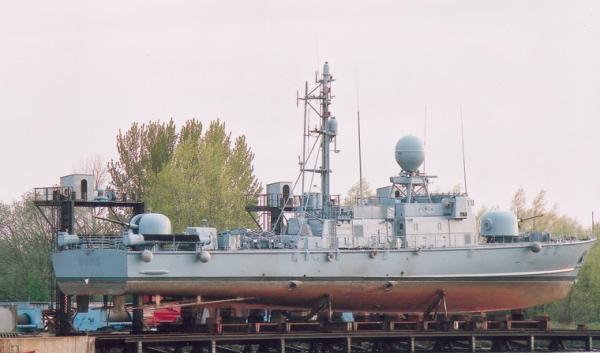Proceedings, Jan. 2013
The U.S. Navy’s 14th and final Lewis and Clark –class dry-cargo/ammunition ship was delivered on 24 October. Built by General Dynamics National Steel and Shipbuilding Company, the USNS Cesar Chavez (T-AKE-14), pictured here while still under construction, was launched on 5 May.

Named for the Mexican-American activist, the 689-foot ship has a beam of 105.6 feet and a draft of 30 feet and is operated by the Navy’s Military Sealift Command. The 14 ships of the class are tasked primarily with transporting and delivery of logistics supplies to include ammunition, food, fuel, repair parts, and ship-store items to U.S. and allied vessels at sea. The Cesar Chavez and her sisters each displace roughly 41,000 tons and can carry more than 10,000 tons of cargo. The Lewis and Clark class forms a sizable percentage of the 34 ships that make up Military Sealift Command’s Combat Logistics Force.
On 22 October the International Maritime Bureau of the International Chamber of Commerce released its latest analysis of maritime piracy, finding a significant drop in reported Somali pirate attacks. Between January and October there were 70 such occurrences around Somalia, the Gulf of Aden, and the Red Sea—a far lower number than the 199 seen during the same months of 2011.

The most impressive reductions came between July and September, which saw 36 incidents in 2011 compared with just one in 2012. These findings indicate that the international naval coalitions operating in the area, which have included ships such as the Turkish navy frigate Gemlik , appear to be working. Equally important are efforts to promote more structured and layered defenses for ships traveling in high-piracy regions. But just as Somali piracy has dropped to its lowest levels since 2009, piracy in other locations, such as the Gulf of Guinea, has begun to increase. Therefore the report comes with a warning that some waters around the world are still extremely high-risk and an active naval presence must still be maintained.
In late 2012 the Ghana Navy received two refurbished Type 143 patrol craft from Germany and three new DA42 Twin Star maritime-surveillance aircraft manufactured by Diamond Industries (one of which will be used for training). The two 350-ton patrol craft, the ex- Albatros and the ex- Bussard have been renamed the Naa Gbewaa and Yaa Asantewaa.

Originally built by the Lürssen shipyard of Vegesack, the two vessels were first delivered in 1976 and formed part of the 10-ship Type 143Albatros class until their 2005 decommissioning. While active with the German navy, the class was armed with MM 38 Exocet antiship missiles, two 76-mm guns, machine guns, and torpedo tubes. That armament fit was removed prior to transfer; the Ghanese ships now carry Furuno navigational radar and reportedly have been armed with new 25-mm guns.




